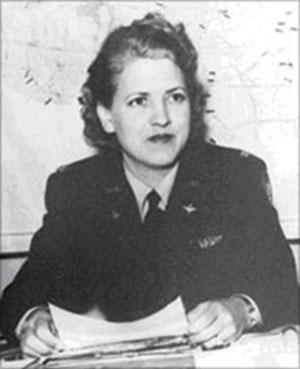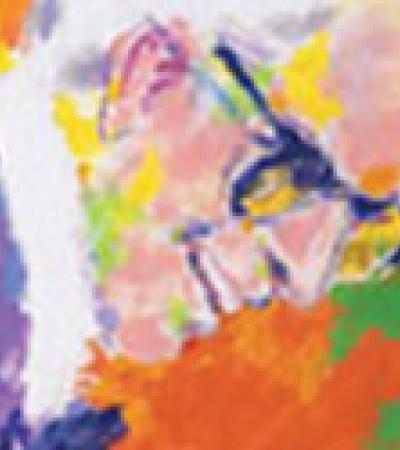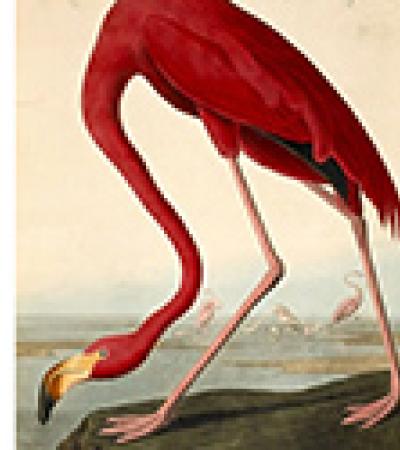This month, EDSITEment looks at Willa Cather, celebrates American women in wartime, chronicles American history through newspaper archives, and offers two of the best humanities websites on the web.
Willa Cather’s “The Namesake”

Willa Sibert Cather (1873–1947), one of America’s most beloved authors, is best known for her novels depicting the lives of people who settled the American heartland and the Southwest: O Pioneers!, My Ántonia, A Lost Lady, and Death Comes for the Archbishop. Her life, like her writing, crisscrossed much of the United States. Born in Virginia, Cather grew up in Nebraska and graduated from the University of Nebraska. She then worked as a journalist and as a teacher in Pittsburgh, Pennsylvania. Cather moved to New York City in 1906, where she lived the rest of her life, but making long visits back to the Midwest, the Southwest, and California.
Scholars have suggested that “The Namesake” (written in 1907) has autobiographical significance: Cather’s maternal uncle, William Seibert Boak, died in the Civil War (fighting for the Confederacy), and Cather gave herself a slightly modified version of his middle name. In her short story, however, the death of a (Union) Civil War hero becomes the centerpiece of a moving exploration of American national identity and of the vocation of the artist in relation to his country. This Launchpad provides background materials and discussion questions to enhance your reading and understanding of “The Namesake.”
American Women in Wartime
Throughout our history, women have made valuable contributions during wartime both in the civilian and military realm. No matter what the role—military personnel, pilots, nurses, journalists, or factory workers—women’s experience of war remains an important and sometimes overlooked aspect of our nation’s history. This Women’s History Month, EDSITEment invites students and teachers to celebrate “American Women in Wartime” with a variety of resources.
Chronicling America
Dusty old newspapers are treasure troves of fascinating information, valuable historical context, and rich primary source material. They are also a great way to encourage students to immerse themselves in the past—on their own, in school, or at home. Created through a partnership of NEH and the Library of Congress, Chronicling America offers visitors the ability to search and view newspaper pages from 1836–1922 and to find information about American newspapers published between 1690–present.
Chronicling America is a boon for teaching primary source research skills such as gathering and evaluating information, analysis, comparison and contrast, critical thinking, and the use of technology. These newly digitized newspaper pages can also enrich and extend EDSITEment lesson plans by providing students with first-hand accounts of the past time. Find out how to use the digital resources of America’s historic newspapers for National History Day projects and compete for a special award.
Best of the Humanities on the Web
Hosted by the History Teaching Institute at Ohio State University, The Scientific Revolution: Science & Society from the Renaissance to the Early Enlightenment offers lesson plans that connect the development of science in Europe to ongoing revolutions in politics, religion, and society.
Whole Cloth: Discovering Science and Technology through American History traces the history of textiles with interdisciplinary activities for students that spark students to think about the role of technology and invention in their lives.



